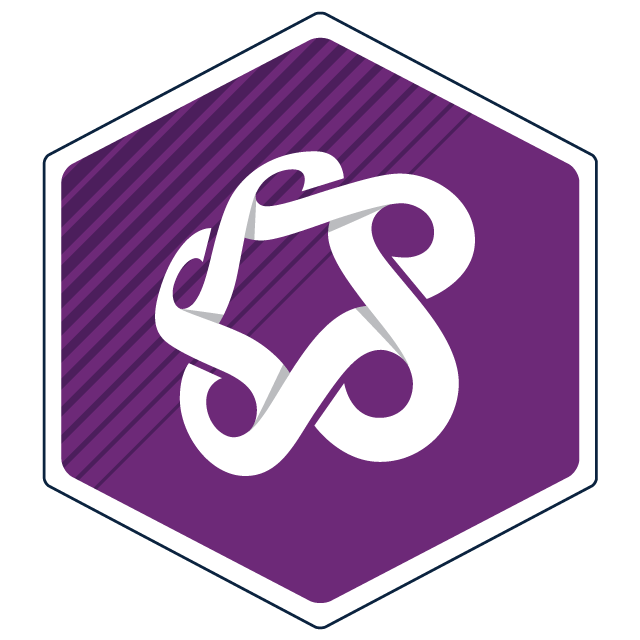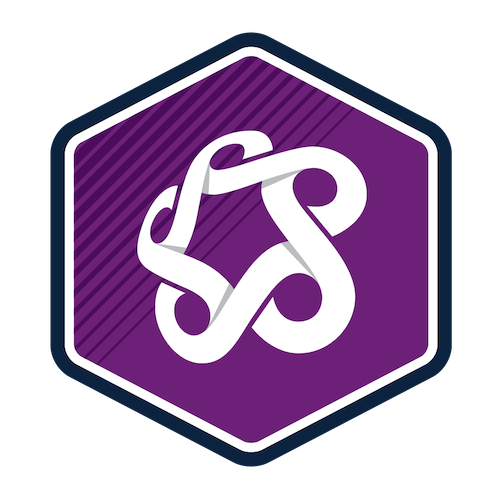Overview
Deepen your understanding of mass timber products, systems, and sustainable construction practices with advanced training in mass timber design and industrialized construction.
Explore the principles of mass timber design, including biophilic design, industrial construction methods, and building information modeling (BIM) as they apply to mass timber buildings. Gain insight into project stages and team dynamics essential for successful mass timber projects. Develop practical skills to analyze mass timber designs and estimate material costs for basic structures.
Engage with interactive content, case studies, articles, and videos while building expertise in sustainable mass timber construction. Access expert guidance and industry resources to enhance your learning experience.
This course is ideal if you:
- work in architecture and design and want to apply biophilic design principles while incorporating mass timber elements in your projects
- are a structural engineer or BIM specialist looking to use BIM for mass timber projects, with a focus on incorporating prefabricated and modular elements for sustainable design
- work in cost estimating or quantity surveying and want to accurately estimate mass timber costs and understand the economics of modular construction
- oversee or coordinate mass timber project teams, particularly within modular or prefabricated construction settings.
- You must complete the following courses before you can register for this course:
- Any industry-related experience you already have will be beneficial.
Upon successful completion of this course, you’ll be able to:
- demonstrate biophilic design principles in relation to mass timber construction
- identify the key advantages in industrialized construction using volumetric, modular and panel prefabricated components
- recall building types using the National Building Code of Canada
- identify the members of a mass timber project team and describe the scope of each
- explain how BIM technology can be used in mass timber project management and construction
- analyze a preliminary mass timber design
- estimate the cost of mass timber building materials
You’ll demonstrate your knowledge acquisition through discussion board activities/posts and assignments. All coursework must be completed as per the course schedule and no later than the course end date.
To request a course outline, contact Continuing Education Advising.
Upcoming dates
Select an available section and add it to your cart. When you're ready, proceed to check out to sign into your student account and complete your registration.
Don't have a student account? Let's set one up!
Registration closes seven days before the start date for on-campus, online scheduled, and blended courses, and one day before the start date for online self-paced courses.
After you've completed this course
Upon successful completion of this course, you'll be able to self-print a proof of completion document from your Continuing Education student account.
Micro-Credential
Aligned to current industry standards, SAIT’s micro-credentials develop practical, real-world skills and include competency-based testing. Earning a SAIT micro-credential demonstrates to employers you have the required competencies — both skills and knowledge — to get the job done.

Students who successfully complete this course with a final grade of B- (70%) or higher will earn a micro-credential and receive a shareable digital badge.
Costs
Textbook and reading list
All required course materials are included in your tuition fees.
Technology
To be successful in this course, you’ll need:
- Access to your own computer or laptop with standard hardware/software requirements.
- Internet access
Financial support
Financial opportunities are available to help pay for your course fees. Learn more about how to reduce your education or training costs with available awards, bursaries, loans and grants, including the Canada Alberta Productivity Grant.
Applicable certificates
This course applies to the following certificate programs:

Train your team
Interested in group training opportunities for this course? Tell us about your organization's needs, and one of our training consultants will contact you within one business day.

Oki, Âba wathtech, Danit'ada, Tawnshi, Hello.
SAIT is located on the traditional territories of the Niitsitapi (Blackfoot) and the people of Treaty 7 which includes the Siksika, the Piikani, the Kainai, the Tsuut’ina and the Îyârhe Nakoda of Bearspaw, Chiniki and Goodstoney.
We are situated in an area the Blackfoot tribes traditionally called Moh’kinsstis, where the Bow River meets the Elbow River. We now call it the city of Calgary, which is also home to the Métis Nation of Alberta.
